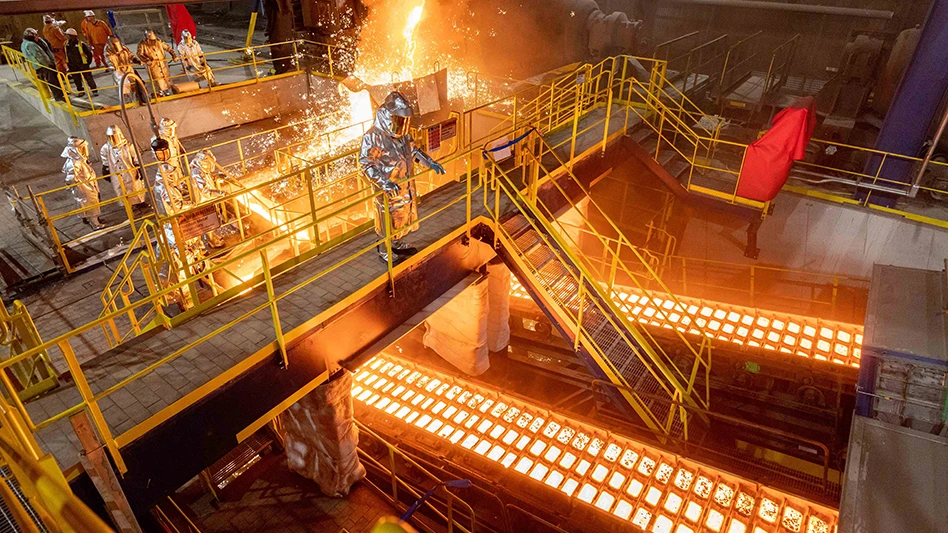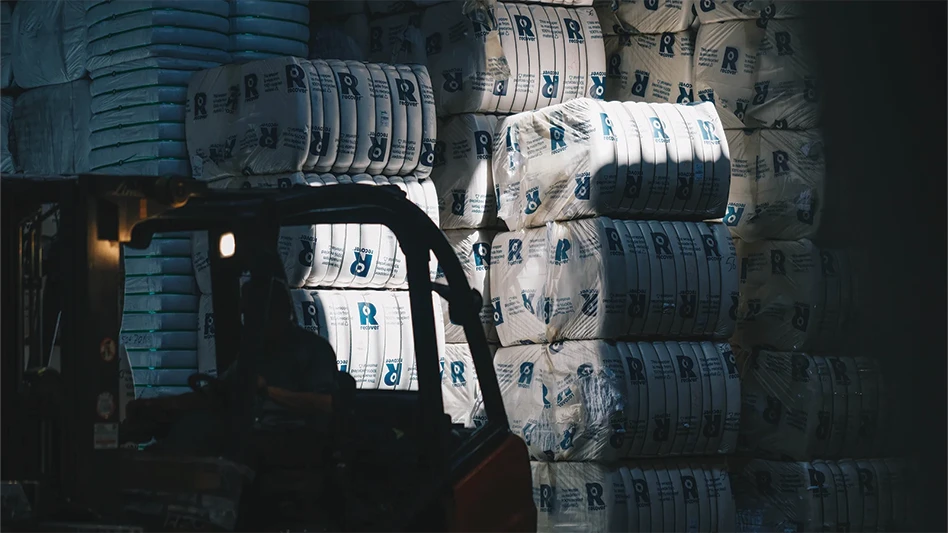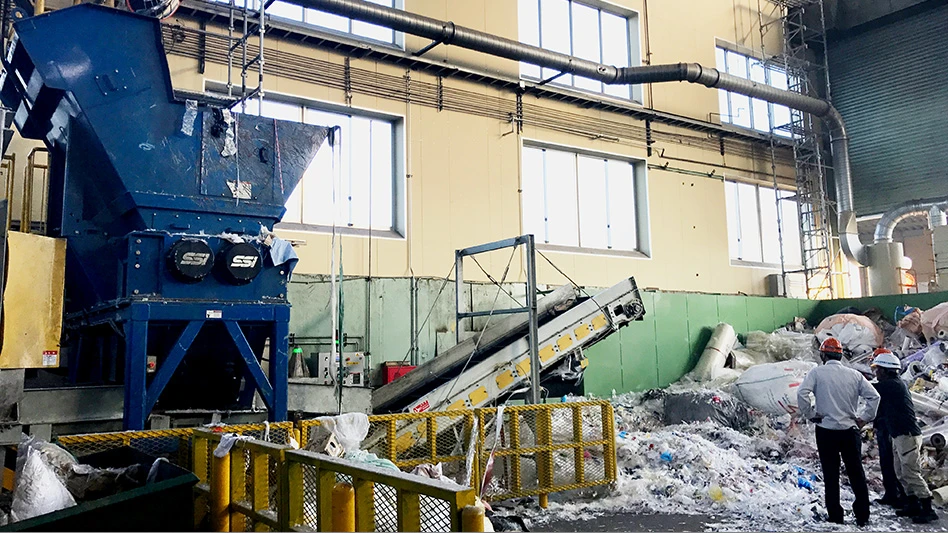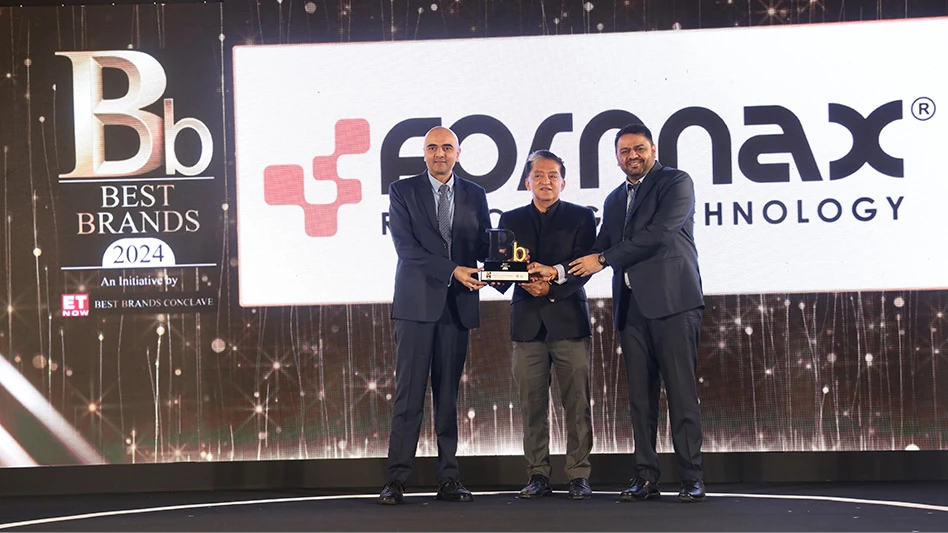When scrap recyclers gathered in Dubai, United Arab Emirates (UAE), for the 2009 World Recycling Convention in May of that year, the scrap market was in a several-months long trough but rebounded soon afterward. David Chiao, newly elected president of the Bureau of International Recycling (BIR) Non-Ferrous Division, expressed a wish that reconvening the BIR Convention in Dubai in May 2015 would produce a similar result.
Chiao, who is with Uni-All Group Ltd. of Atlanta, had served as interim president of the BIR’s Non-Ferrous Division before being elected to a three-year term as president.
Global market reports presented by Sidney Lazarus of South Africa-based Non-Ferrous Metal Works pointed to healthy overall demand for aluminium scrap and to export markets in Europe that have been bolstered by a decline in the value of the euro.
China’s overall demand for imported nonferrous scrap continues to decline, however, with its overall demand for finished copper stagnant as its construction sector scales back from the previous boom years.
Nasser Aboura, chairman of U.A.E.-based Aboura Metals, said the nonferrous scrap sector in the Middle East and North Africa region has grown along with the oil and construction industries that have characterized the region in the past several decades.
The region has exported considerable amounts of scrap to China, but Aboura said India is “the largest trading partner with the Middle East” and is one of the fastest-growing economies in the world.
“Pre-2010, China was the largest importer of scrap metals from the Middle East,” said Aboura. India has subsequently assumed the No. 1 slot, with its annual imports of aluminium scrap far outweighing copper and lead scrap.
Mohan Agarwal of secondary aluminium producer Century Metal Recycling, Palwal, India, said he foresees Indian demand for aluminium scrap continuing, in part thanks to the seven facilities his company operates.

Century’s seven smelting facilities produce up to 225,000 tonnes per year of secondary aluminium alloys. Two of the plants are joint ventures with Japanese firms (one with Nikkei, the other with Toyotsu).
Demand for aluminium alloys will grow along with India’s automotive sector, Agarwal said. India is currently the second-largest two-wheel motorized vehicle producer in the world and the seventh-largest automaker. India “is expected to become the world’s third-largest auto producer by 2020, with 7 million units annually.”
Since 2014 India has been exporting more small cars than Japan, Agarwal said, and it will continue producing such vehicles for its growing middle class. “More and more car manufacturers are looking at India,” he said, adding that they are locating assembly plants and research and development facilities in the nation.
To grow along with the auto industry, “aluminium alloy production [in India] must grow threefold from 500,000 metric tons to 1.5 million metric tons” annually, Agarwal said.
Indian scrap metal importers, such as Century Metal Recycling, have been working closely with their overseas suppliers to adjust to a transition in the customs inspection process for containerised scrap shipments.
India’s Directorate General of Foreign Trade (DGFT) distributed a 10-page document with revisions to its imported scrap metal inspection regimen Monday, May 18, the day before the BIR’s International Trade Council met for a session in Dubai.
At the BIR session, three officers of the Metal Recycling Association of India (MRAI)—Ikbal Nathani, Sanjay Mehta and Dhawal Shah—provided their perspectives on the revisions. According to the trio, among the biggest changes is that the DGFT has dropped its requirement that shippers email a video clip of the loading process, allowing emailed photos instead.
The DGFT also is requiring all current preshipment inspection agencies (PSIAs) to reapply for registration. Nathani said the DGFT found the reapplication process necessary after discovering that one-third of current PSIAs may be “bogus” and not attached to any current mailing address or office.
Nathani said some 10 Indian government ministries and agencies have been involved in creating the new system, with the foremost concerns tied to preventing radioactive scrap and live munitions from entering the country.
He also said the DGFT PSIA process is intended to apply to operators of physical scrap yards, not to traders. Nathani also noted that the current PSIA application form includes a section where recyclers can note their membership in the BIR, the MRAI and the Institute of Scrap Recycling Industries Inc. (ISRI), based in the United States.
At the same session, the BIR’s Ross Bartley provided an update on global scrap export restrictions, saying, “the number of such restrictions is growing.” Bartley listed 30 nations that regulate ferrous scrap exports as an example.
When government agencies are asked why the restrictions are in place, the protection of domestic industries and addressing economic conditions are the most common answers (accounting for a combined 59%), Bartley said, followed by “preventing illegal activities” at 20%.
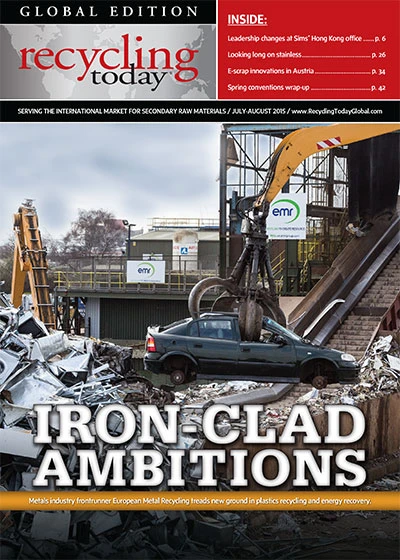
Explore the July 2015 Issue
Check out more from this issue and find your next story to read.
Latest from Recycling Today
- Biden officially blocks Nippon Steel’s acquisition of US Steel
- Highland Sanitation awarded solid waste and recycling contract in Wanamingo, Minnesota
- Ecobat gathers support for California permit renewal
- RecyclX platform designed to provide materials transparency
- Turkish mills sampled wide scrap market in 2024
- GLE Scrap Metal acquires interest in Mallin Cos.
- 2024 marks strong year for Van Dyk
- Recycled metal portrayed as former dictator’s fiefdom

